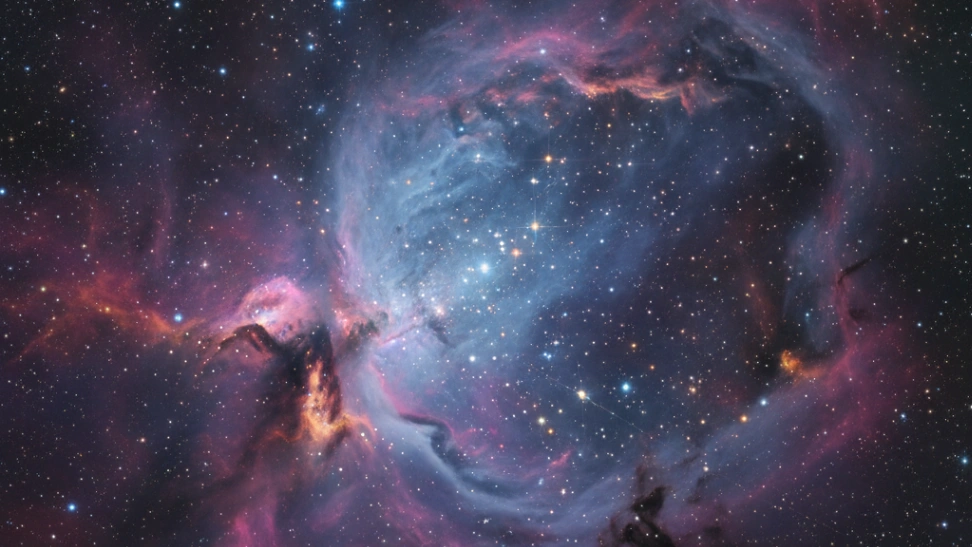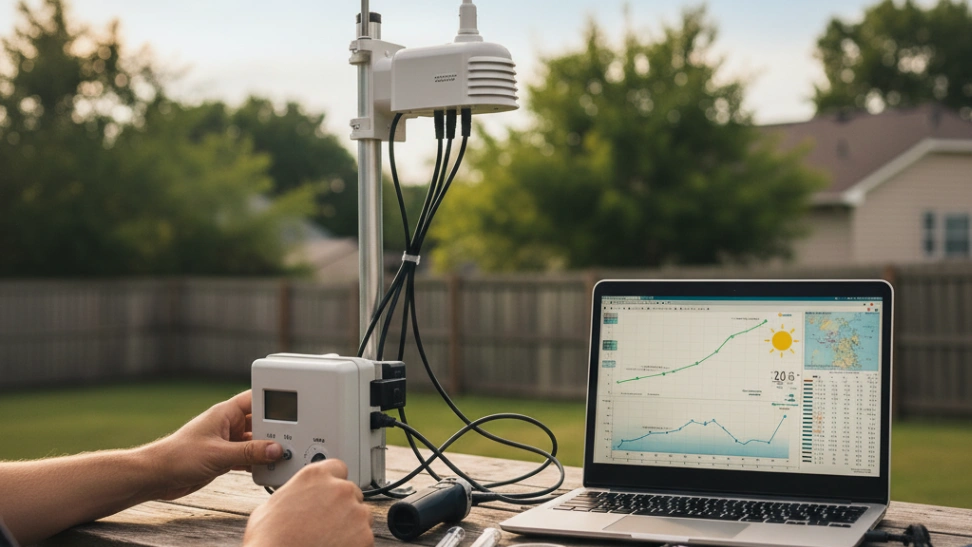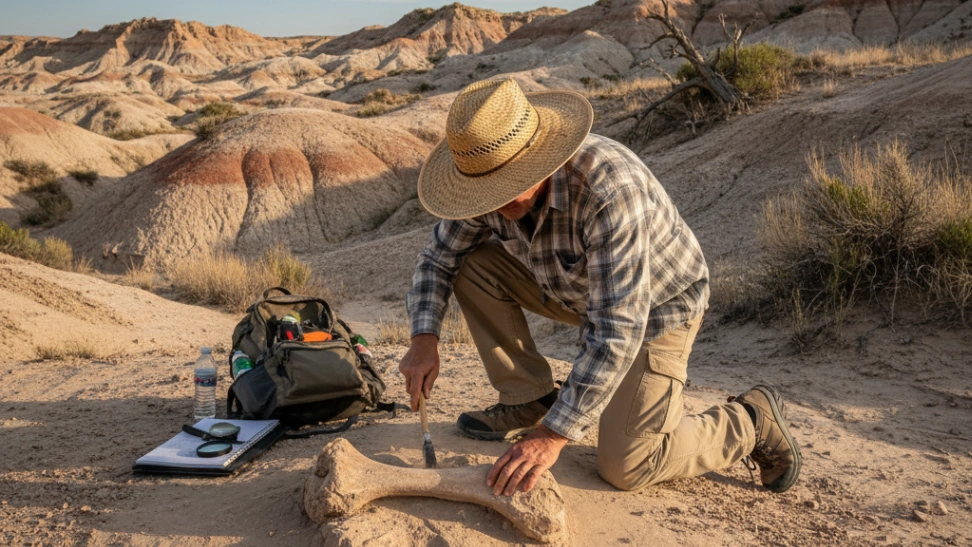The journey into astrophotography typically begins with modest equipment, such as a DSLR camera mounted on a tripod for wide-field shots of constellations or the Milky Way. As enthusiasts progress, they often invest in specialized gear, including telescopes, equatorial mounts, and dedicated astronomy cameras. These tools allow for longer exposures, precise tracking of celestial objects as they move across the sky, and the capture of fainter, more distant targets. The process involves meticulous planning—checking weather forecasts, moon phases, and light pollution levels—to find optimal conditions for imaging. Location is paramount; escaping urban light pollution to a dark-sky site significantly enhances image quality, revealing details otherwise obscured. The technical challenges are considerable, from precise polar alignment of the mount to guiding the telescope for hours to compensate for Earth's rotation, all while battling environmental factors like wind, temperature fluctuations, and humidity.
Historically, astrophotography has roots stretching back to the dawn of photography itself. One of the earliest successful attempts was in 1840, when John William Draper captured the first daguerreotype of the Moon. However, true deep-sky astrophotography began to take shape with the advent of photographic plates and longer exposure times. In 1880, Henry Draper, John William's son, managed to photograph the Orion Nebula, marking a significant milestone. Early astrophotographers faced immense technical hurdles, from crude telescope tracking mechanisms to extremely long exposure times that sometimes spanned hours or even days, requiring manual guidance. The painstaking development of photographic emulsions, coupled with advancements in telescope optics and clock drives, gradually made it possible to capture increasingly fainter and more detailed celestial phenomena. The 20th century saw the widespread adoption of astronomical observatories equipped with powerful instruments, but it was the digital revolution of the late 20th and early 21st centuries, with the rise of sensitive CCD and CMOS sensors, that truly democratized astrophotography. This allowed amateurs to achieve results comparable to those of professional observatories from just a few decades prior, opening up the wonders of the universe to a broader audience.
Beyond the capture, the post-processing phase is where raw data transforms into art. Astrophotography images are often comprised of numerous individual exposures, sometimes hundreds, taken over several nights. These sub-exposures are then "stacked" to reduce noise and enhance the signal-to-noise ratio, revealing faint details. Specialized software is used to calibrate, align, and integrate these frames, followed by a complex series of adjustments to stretch the data, balance colors, and sharpen details. This intricate process requires a keen eye for aesthetics, an understanding of digital image manipulation, and considerable patience. Each object presents its unique challenges, whether it's dealing with bright stars, delicate nebulosity, or the subtle color gradients of a distant galaxy. The creative choices made during processing significantly impact the final image, allowing the astrophotographer to interpret and present the universe in their unique artistic vision.
The rewards of astrophotography are profound, offering a direct, personal connection to the vastness of space. It's a hobby that fosters scientific curiosity, technical proficiency, and artistic skill. The satisfaction of capturing a distant galaxy or a vibrant nebula, knowing that you've recorded photons that traveled millions of light-years, is immensely gratifying. It pushes individuals to continuously learn about optics, electronics, astronomy, and advanced image processing techniques. While demanding, the pursuit often leads to breathtaking results and a deeper appreciation for the universe's grandeur. It's a journey of continuous discovery, providing endless opportunities for learning and for sharing the wonders of the night sky with others. The astrophotography community is also a strong aspect, with many online forums and local clubs providing support, sharing knowledge, and celebrating successes, making the challenging aspects of the hobby more approachable and enjoyable for newcomers and veterans alike.



